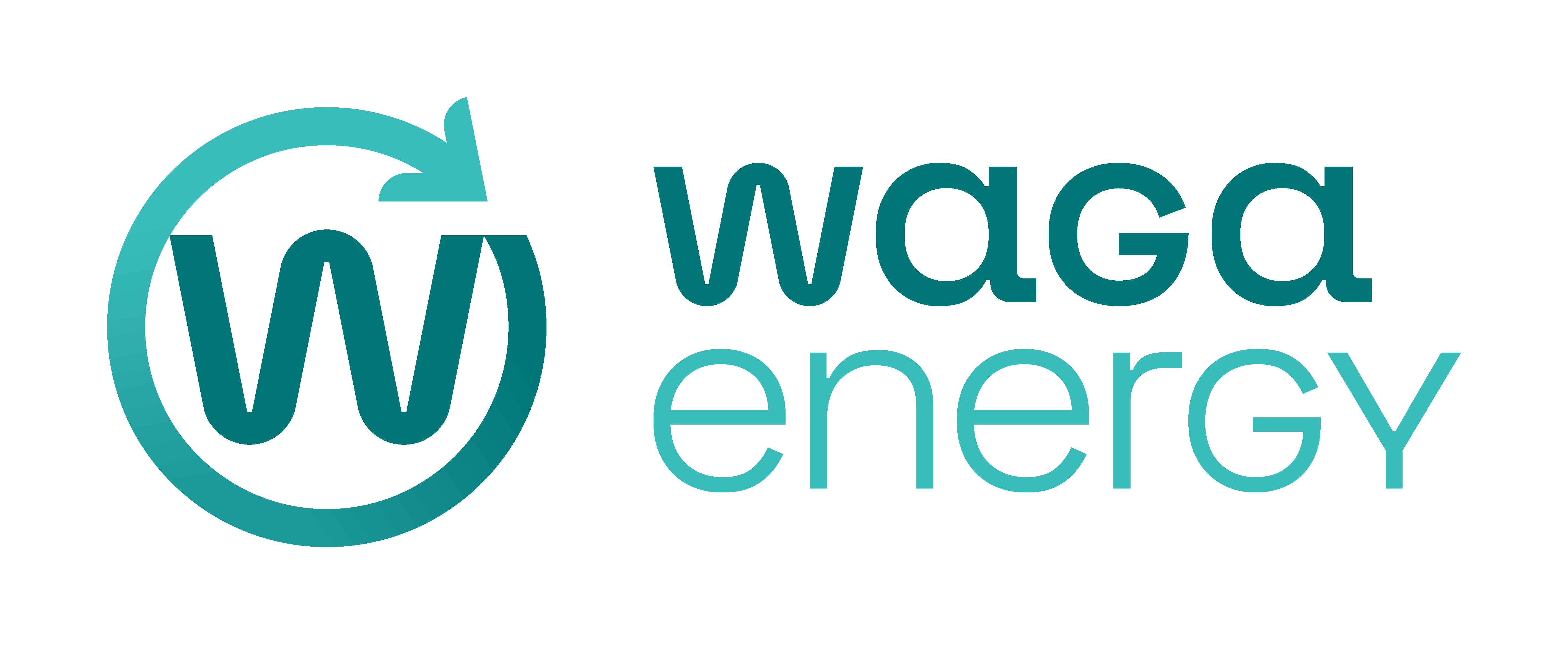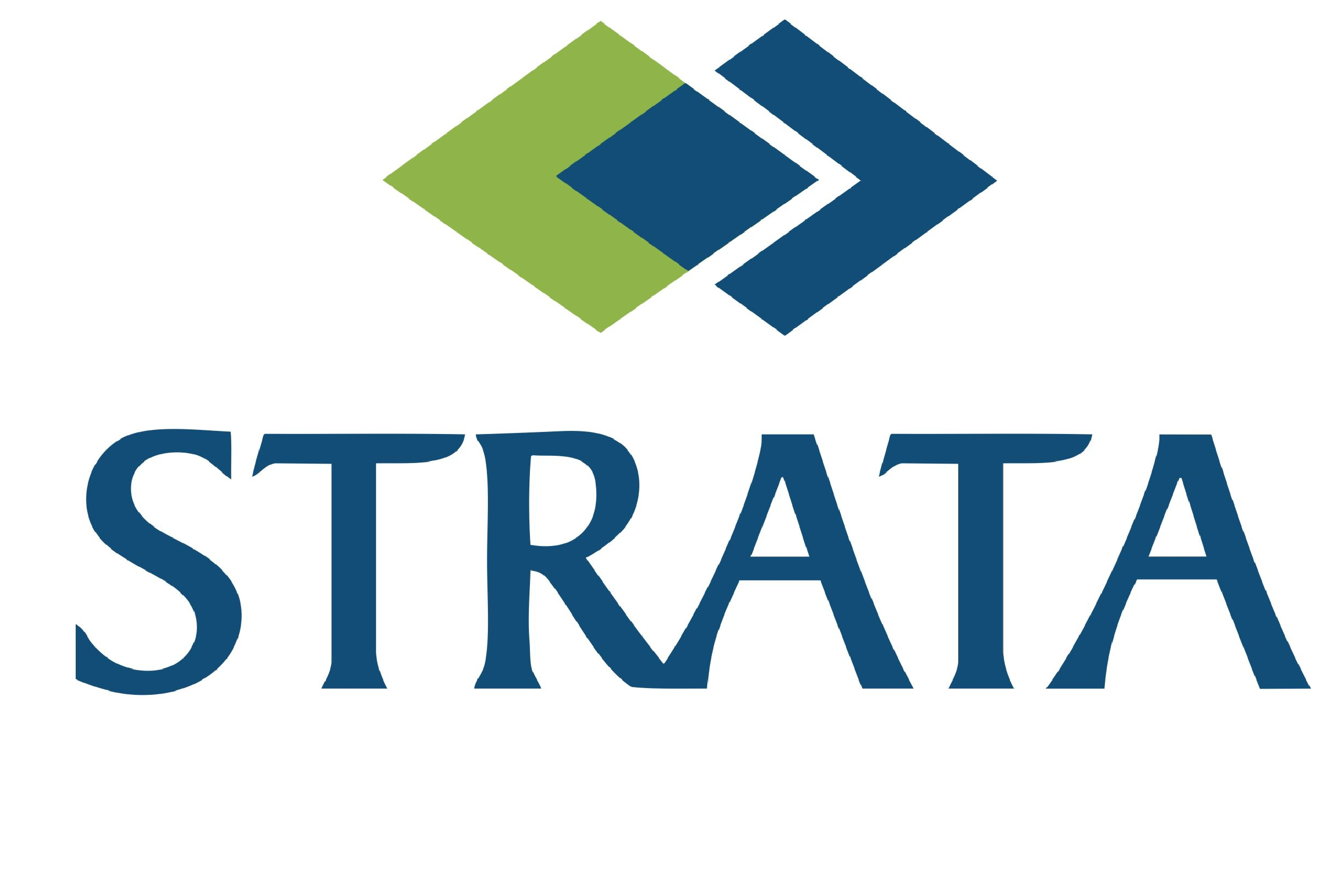Why landfill mining could be the next big thing
01/11/2010
A new project that will reuse 16.5 m tonnes of rubbish from a Belgian landfill site could help solve a host of environmental problems.
If the UK keeps dumping rubbish at its current rate it will run out of landfill space by 2018. It might sound like a load of old rubbish, but landfill mining could be the next resources idea to sweep Britain and the rest of Europe. UK company Advanced Plasma Power (APP) has formed a joint venture to dig up a giant landfill site in Belgium, and will recycle half the rubbish and convert the rest into renewable electricity. The project, which will become operational by 2014, is thought to be the first of its kind in the world.
Other companies are also examining the viability of similar projects across the Continent to free up much needed landfill space and because the value of recycled metals which can be recovered has risen.
The 30-year project will reuse 16.5m tonnes of municipal waste dumped since the 1960s at the landfill site near Hasselt in eastern Belgium. APP will use its plasma technology to convert the methane produced by the rubbish, which is more than 20 times more damaging to the environment than carbon dioxide, into usable gas. This will fuel a 60MW power plant capable of supplying 60,000 homes.
The idea of digging up old rubbish is not new. The chief executive of one British landfill operator told the Guardian he had considered it 15 years ago. But the increasing shortage of landfill space, a need to produce more electricity renewably and higher metal prices are now combining to make firms consider it more seriously.
If Britain keeps throwing away rubbish at current rates, it will run out of space by 2018. Landfill taxes will almost double in the next five years in an effort to delay this point.
The costs of landfill mining are only likely to become economic on a large scale in Britain if companies can recoup this tax in return for emptying the site. But the process can be dangerous, particularly if asbestos or other hazardous waste is found on older sites, while trapped methane can ignite when released.
Paul Davies, an environmental law partner at City law firm Macfarlanes, said: «The greatest challenge aside from dealing with the cost-benefit of materials recovery is overcoming health and safety risks posed by boring down into sites where, in many cases, for older «mature» sites, there are inexact records of what lies below.»
Source: http://www.guardian.co.uk/business/2010/oct/11/energy-industry-landfill







